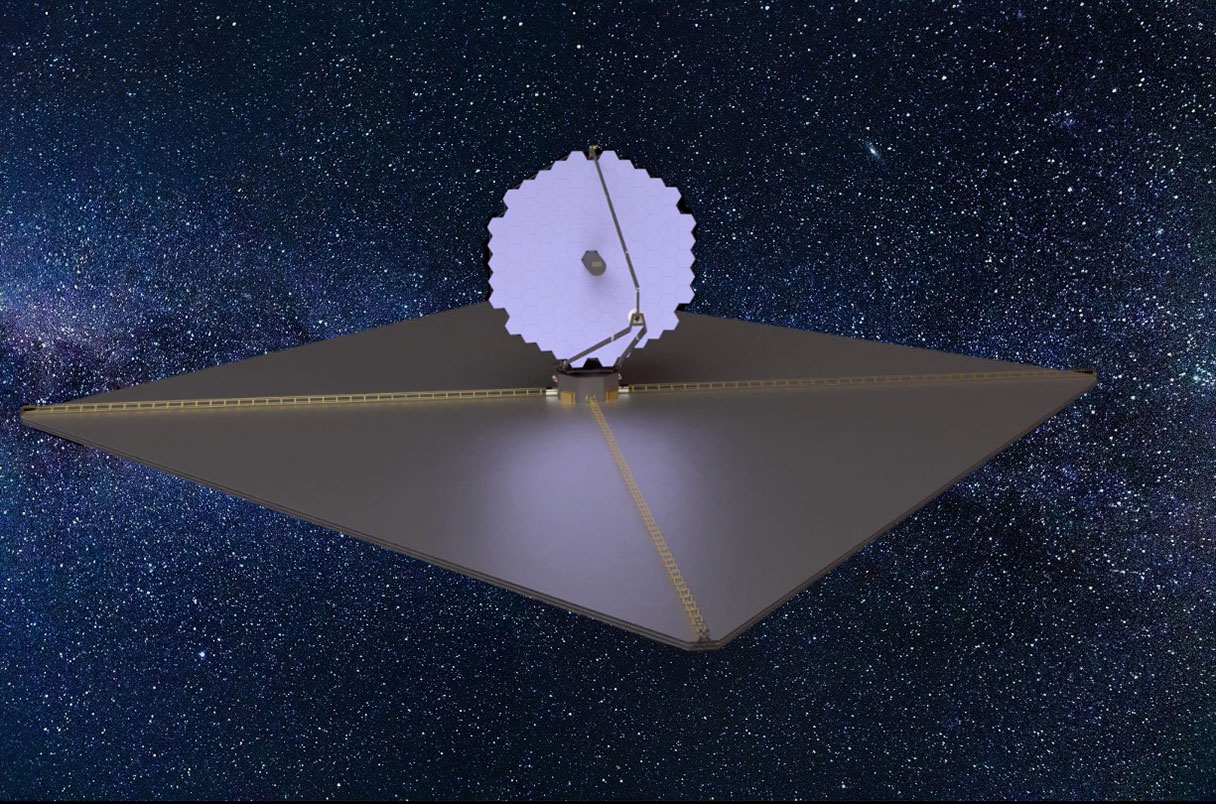NASA has revealed details about the multibillion-dollar successor to its revolutionary James Webb Space Telescope (JWST) — a project which priority will be the search for life on Earth-like planets. The project starts in the early 2040s.

During a meeting of the American Astronomical Society this week, NASA’s astrophysics division director, Mark Clampin, announced the working name of the project – Habitable World Observatory (HWO). This is reported by Science.
Repair and modernization with the participation of robots
Like the agency’s JWST, HWO will orbit at the L2 Lagrange point around the Sun, about 2 million km from Earth. At the same time, the observatory will be designed taking into account the disadvantages of James Webb. For example, HWO can be upgraded and repaired with special work. That is, if necessary, space repair probes will be able to visit the observatory to update or repair its key components.
Choosing the main mirror
While the project is in the design stage, engineers and scientists are deciding how to build the main mirror of the space observatory. There are several suggestions. Either it will be a single-segment 4-meter mirror that will use the HabEx telescope (2035), or a multi-segment 15-meter one using the example of LUVOIR (2039). According to the report, HWO is likely to be something in between these proposals, and will have a combination of technologies inspired by both telescopes.
Convenient for Congress
Fortunately, if it is made serviceable and upgraded like NASA’s Hubble Space Telescope, it can give scientists some space and flexibility in its development. For example, mirror segments can be added, increasing the observational potential of the observatory. It could also make it more usable for the US Congress, which is critically important given NASA’s budget constraints and difficulties securing funding for the 20-year development of JWST.
But before launching HWO, the agency will first launch the Nancy Grace Roman Space Telescope Observatory, which will search for dark energy and exoplanets. According to the plan, this is supposed to happen around 2027.
Earlier we reported on how James Webb got a detailed image of a planet outside the Solar system.
Follow us on Twitter to get the most interesting space news in time
https://twitter.com/ust_magazine

